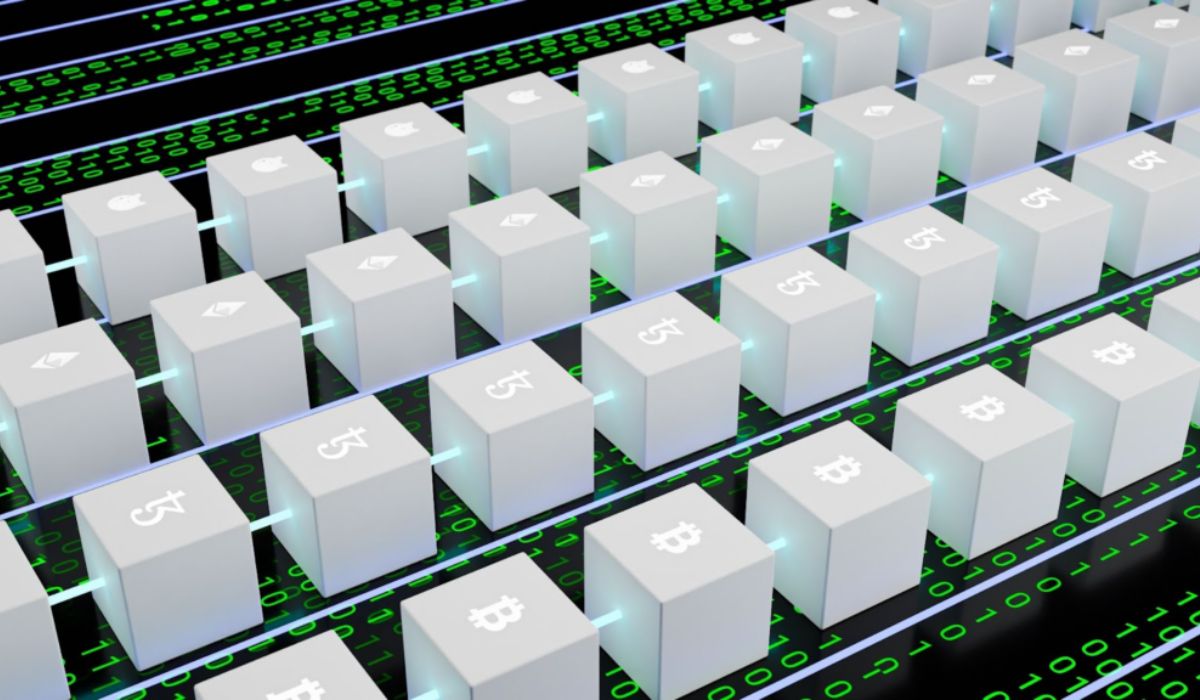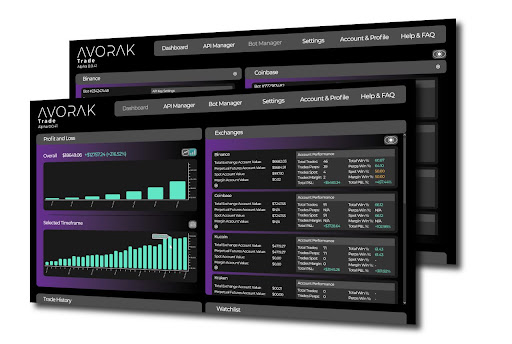
Ethereum (ETH) is constantly improving its network in a bid to remain as the leading blockchain network for smart contracts and dApps. And according to Avorak AI, Ethereum sharding is the next evolution of blockchain performance.
What is Ethereum Sharding?
Ethereum Sharding involves breaking the blockchain into smaller, interconnected parts called “shards.” Each shard operates as an independent chain, capable of processing transactions and executing smart contracts. By distributing the network’s workload across these shards, Ethereum Sharding enables parallel processing of transactions, significantly increasing the network’s capacity and transaction throughput. This innovative approach addresses the scalability challenges, allowing Ethereum to handle a larger volume of transactions and support a broader range of decentralized applications (dApps).
What is Avorak AI?
Avorak AI is an ecosystem of AI solutions on the blockchain. The platform’s AI-driven solutions are designed to enhance business and individual operations, with a keen focus on usability, efficiency and ease of use. The AVRK token is required to access Avorak’s range of solutions, and is used for several other functions.
Avorak’s AI solutions are first-to-the-market, meaning they can only be found within its ecosystem. For example, The Avorak Trade bot can automate trades unlimited by the exchange or asset class. The AI trading bot provides price predictions with significant indicators and easy visuals from services like TradingView. Additionally, the bot alerts users when changes occur in the market, allowing them to stay up-to-date on trends and patterns.

Avorak is in the 7th phase of its initial coin offering (ICO), selling AVRK at $0.255 and offering a 4% on-top token bonus, among other benefits. Many crypto watchers suggest that the project’s competitive advantages position it for success.
How can Avorak AI help in sharding?
Avorak’s AI algorithms can greatly aid the sharding process. Avorak can analyze large amounts of data on the Ethereum network and create predictive models based on historical data to forecast network usage, transaction volumes, and other relevant metrics. These models can help optimize the sharding process by determining the most efficient ways to distribute and manage data across shards. Avorak AI can also enhance network security by continuously monitoring the Ethereum network for suspicious activities and identifying vulnerabilities. Machine learning (ML) algorithms can learn from historical attack patterns and help prevent new attacks on the sharded network. The Avorak platform has chatbots and virtual assistants that can provide real-time assistance to users, addressing their queries, guiding them through the sharding process, and helping them understand the benefits and implications of Ethereum Sharding. These AI-powered assistants can improve user experience and adoption rates by providing personalized and intuitive support. Avorak’s AI and ML algorithms can also automate the sharding process without the need for any manual intervention.
Conclusion
From optimizing resource allocation and load balancing to bolstering security measures and improving user experience, Avorak AI (AVRK) proves to be an indispensable asset. As Ethereum continues its journey towards scalability and efficiency, Avorak AI’s support could pave the way for a more robust and seamless blockchain ecosystem.
For more information on Avorak AI:
Website: https://avorak.ai
Buy AVRK: https://invest.avorak.ai/register
Disclaimer: This is a sponsored article, and views in it do not represent those of, nor should they be attributed to, ZyCrypto. Readers should conduct independent research before taking any actions related to the company, product, or crypto projects mentioned in this piece; nor can this article be regarded as investment advice.
from ZyCrypto Read More
